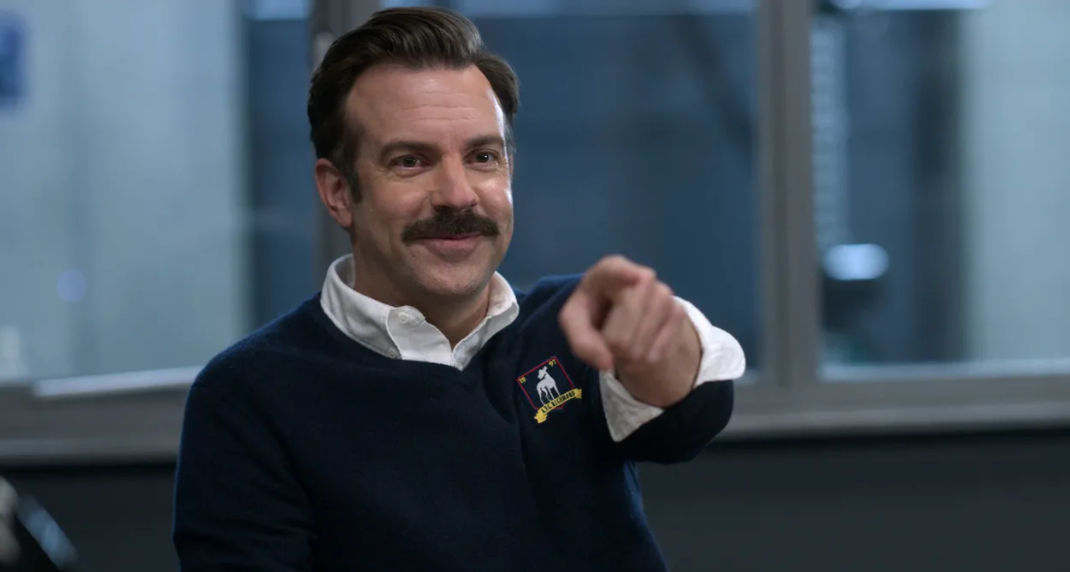The Importance of Multi-Channel Marketing

Multi-channel marketing: it sounds all fancy shmancy.
And there are a lot of moving parts to it but here's what it really means: using a variety of marketing channels to reach your target audience. This can include direct mail, email, social media, paid social, paid search, telemarketing, traditional media like radio, TV... the list goes on...
And it can be challenging when you’re the sole fundraiser to implement it.
So why do it?
Because increasing the number of channels or platforms you use will increase the likelihood that more people will pay attention to your message.
It allows your organization to have multiple touchpoints in a variety of different mediums with your donors and prospective donors.
This works in a number of ways….
The most basic being that marketing is a numbers game and the more channels you’re on, the more people you’re going to reach.
Because…
>>>Not all members of your target audience are on your email list.
>>>Or following your Facebook page.
>>>Or listening to the radio station you’re advertising on.
And even if they are, it’s unlikely that they’re going to open every email you send, see every Facebook post you share or be in their cars tuned into the right radio station and the precise time your ad airs.
This is why you use multiple channels: to bolster your chances of reaching your audience.
Related to this is the principle of repetition. It used to be largely recognized that it takes approximately 7 touchpoints to make a sale…
Or in our case, convert a donor.
Meaning that your message needs to reach a single member of your audience an average of 7 times in different forms before they respond to your call to action.
It’s very likely that this number is even higher now due to the sheer number of messages we’re inundated with on a daily basis.
How to Start (or Review your Current Strategy)
If you’re looking to get started using multi-channel marketing for your fundraising campaigns, there are a few things you need to consider before you even get to the type of stories and messages you’ll be sharing:
- You will want to identify which channels to use
- Understand the different strengths and purposes of the various channels
- Have a clear call to action for your audience to take
Let me expand on the above list…
- Identify which channels to use:
As I mentioned earlier, the list is LONG when it comes to the number of possible channels you can use to share your campaign message.
Identifying which channels to focus your time and energy on is important when creating your campaign.
- Start with an audit to see what channels you’re currently using or have used in the past. Chances are your organization has experience with one or more possible channels. Maybe you’ve done direct mail letters before, have an email newsletter and have an organization Facebook page and Instagram account. Guess what? You’ve got your channels!
- You now need to coordinate your use of these channels so that your campaign message is being shared strategically across the various platforms. But more on that later.
- What I would caution you against is using a brand-new channel, particularly a social media platform, to launch a campaign. It is very difficult (though not impossible) to reach your target audience when you have a total of 3 followers.
If you’re looking to build up your following on a specific brand-new channel, you could use your multi-channel campaign as an opportunity to do so, as long as you’re also incorporating other messages through other, more prominent channels.
- Understand the various channels:
Once you’ve chosen your channels, the way you format your messages for them is as important as the message themselves. For instance...
- If one of the channels you will be using is email, there are specific formatting techniques you want to use to ensure its opened, read and clicked through. These may include:
- a catchy subject line
- using personalization tactics like ‘Dear %FirstName%,’ and
- including a big ‘DONATE NOW’ button at the bottom of the email that will link the user to a landing page.
- If you’re using social media channels:
- Format your posts correctly so they are well received by users of that platform
- Know the differences in size of images or videos for different channels – even in the same platform. For example, an image or video posted to your Instagram feed should be formatted differently from a video posted to your reel or story.
It can all be quite overwhelming!
But in the words of Ted Lasso, "Taking on a challenge is a lot like riding a horse, isn't it? If you're comfortable while you're doing it, you're probably doing it wrong."

Which is why I recommend using the channels you’re already on for your campaign.
- Clear Call to Action:
Once your message lands in someone’s inbox or social media feed, what is the action you wish for them to take? If it’s a fundraising campaign, the action is most likely to donate.
Your ask should be clear and easy to complete. You want there to be an obvious place for the user to click which will take them to the location where they can make a donation. And once they reach that destination, you want it to be easy for them to complete the action of donating.
Phew!
When we said there were a lot of moving parts in multi-channel marketing, we meant it! But it’s so critical to meet your donors where they are, where they hang out, and where they may see your message – and are motivated to give.
We have more to share and will provide an example of a multi-channel approach to fundraising…but that will come next month!
Until then, we hope you have some quality downtime with your friends and family over the holidays. And if you give presents to your loved ones, may you also be present.
See you in 2022!

